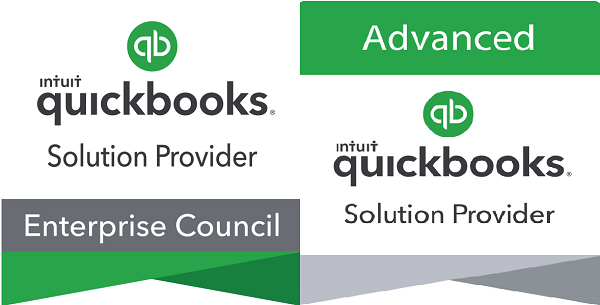Ilene will be speaking that the Intuit Virtual Conference , Wednesday December 10, 2014 she will be presenting:
QuickBooks Desktop Accountant: Your Friend at Year End (Part 1 of 2)
This course has been designed to introduce the accounting professional to strategies for working with your clients’ QuickBooks company files at month‐end or year‐end. It provides an overview of the tools and features that streamline the process of evaluating and correcting your client’s QuickBooks data as well as those tools and features that enable you to work efficiently and directly with your client on month‐end and year‐end accounting processes & financial reporting. These tools are available with your QuickBooks Accountant Desktop Plus 2015 subscription or QuickBooks Accountant Desktop 2015 software, and QuickBooks Enterprise Accountant 15.0 software
QuickBooks Desktop Accountant: Your Friend at Year End (Part 2 of 2)
Your clients’ QuickBooks data is seldom clean enough or complete enough for you to use when preparing their year‐end financial statements and / or income tax returns. In this session, we will “walk through the Balance Sheet” using the tools and features covered in the previous session (QuickBooks Desktop Accountant: Your Friend at Year End ‐ Part 1) to quickly find AND correct mistakes, allowing you to confidently use the QuickBooks trial balance to prepare your clients’ returns. You will also learn proactive steps you can take with your clients to keep their data accurate throughout the year – to streamline both income tax return preparation and periodic financial statement preparation.


